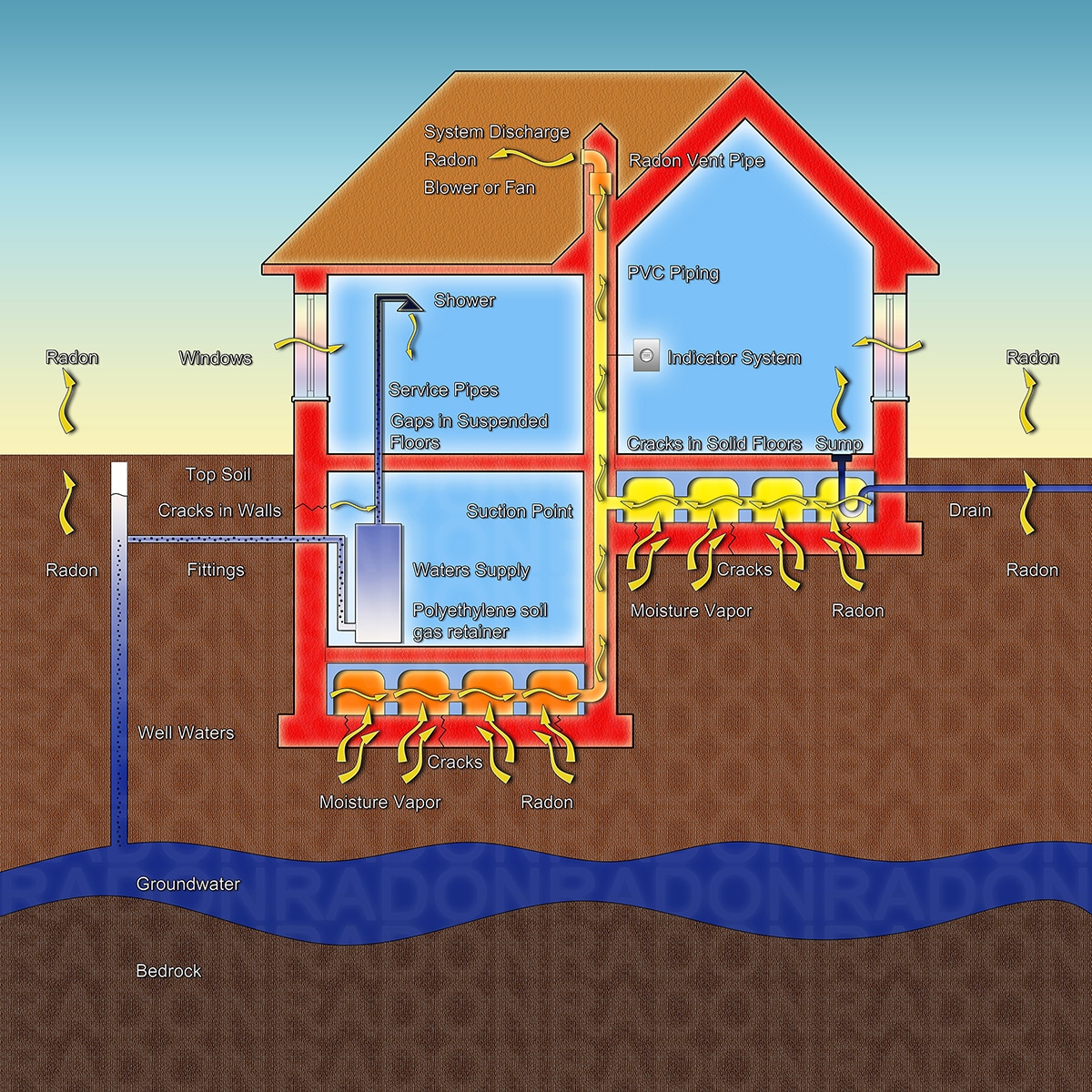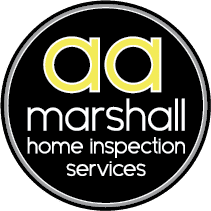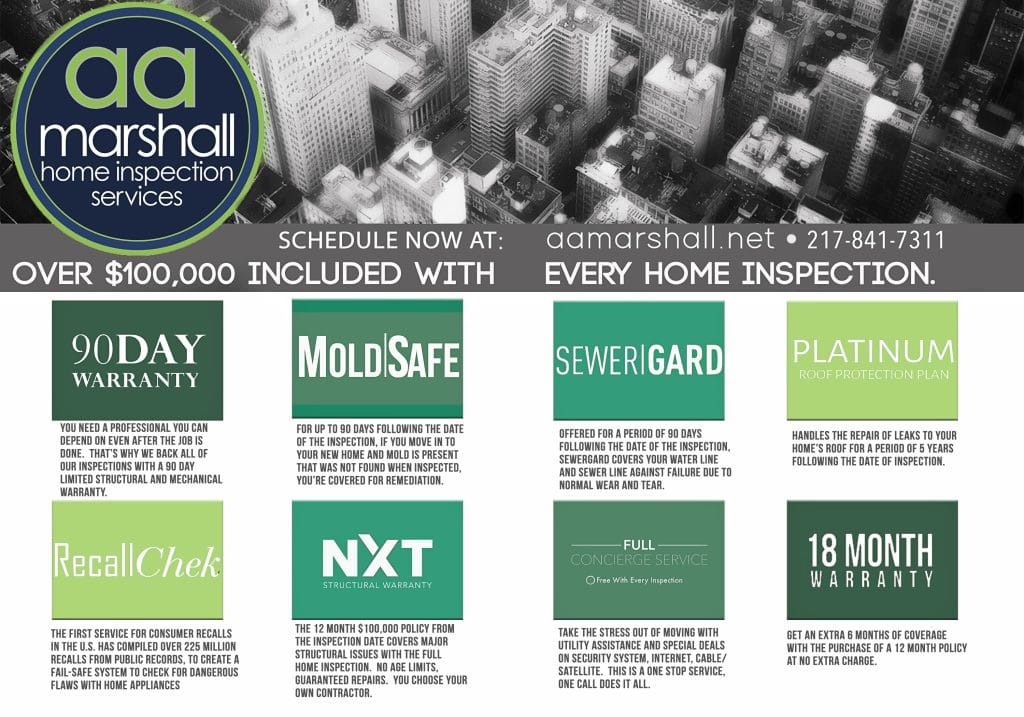
NRPP Certified
Giving you Peace of Mind
Radon is a naturally occurring gas that is emitted from the earth and found nearly everywhere in the United States.
Radon gas is second only to smoking as a cause of lung cancer.
Radon is a particular issue in the Rocky Mountains where we see a higher level of radon concentrations than elsewhere in the country.
Radon testing is advised by the EPA to be conducted during all home transactions. Elevated levels of the gas can be found in any type of foundation. In fact, radon gas is present indoor or out, but concentrates in the more tightly constructed homes being built in the last 50 years. Testing by a trained and certified individual is necessary. There are protocols that are provided by the EPA and the National Environmental Health Association’s National Radon Proficiency Program.
Proper testing in a real estate transaction requires the home be tested during “winter living conditions” where the windows and doors are closed for 12-hours prior to the testing and that the home remains closed (except for normal entry and exit) during the 48-hour testing period. This may be inconvenient, but it is the only possible method to provide a valid test.
Mountain Home Inspection utilizes highly reliable continuous radon monitors from Airthings and the Rad Elec E-perm testing system. Radon tests are passive and pose no concern to occupants in the home. Mountain Home Inspection will not perform any mitigation, remaining objective when performing these tests.
about radon
- Radon is a Class A carcinogen. It is known to cause lung cancer in humans.
- 51% of homes in Central Illinois have a radon level at or above IEMA action level of 4.0 pCi/L.
- Radon comes from the soil, not the home. No home is exempt from the possibility of elevated levels of radon gas.
- Each home interacts with the ground beneath it differently. This is part of the reason why homes next door to each other have dramatically different radon levels.
Radon testing (License# RNI2016218)
- Radon levels fluctuate daily and seasonally within a reasonable range. A short-term radon test is a snapshot and a good indicator of whether or not the home has a radon problem.
- Radon has a half-life of 3.8 days. This means that radon levels will not be any greater if the house is closed up for 6 years, 6 months, or 6 days.
- No home is completely air tight. New or old, expensive or inexpensive.
- Common entry points for radon gas= sump pits, plumbing and utility entrances, and small cracks in the foundation.
- The only way to know the level of radon in the home is to have a radon test.
The EPA recommends: recommends:
- If you are buying a home or selling your home, have it tested for radon.
- For a new home, ask if radon-resistant construction features were used and if the home has been tested.
- Fix the home if the radon level is 4 picoCuries per liter (pCi/L) or higher.
- Radon levels less than 4 pCi/L still pose a risk, and in many cases, may be reduced.
- Take steps to prevent device interference when conducting a radon test.
What happens after you book your inspection/radon test?
Radon testing is most commonly done with a complete home inspection. This service is offered as a stand-alone product as well.
During the home inspection, a licensed radon technician will place the radon monitors in the home. Radon monitors will be placed on or above each foundation type in the home. 12 hours prior to our arrival, closed-door conditions should be administered. The radon monitor will stay in the home for a minimum of 48 hours measuring the levels of radon in the environment.
A licensed radon technician will return to the home once the test is complete and will generate your report. The report is sent to the client and the representative. If the level exceeds 4.0 pci/L, mitigation will be recommended


